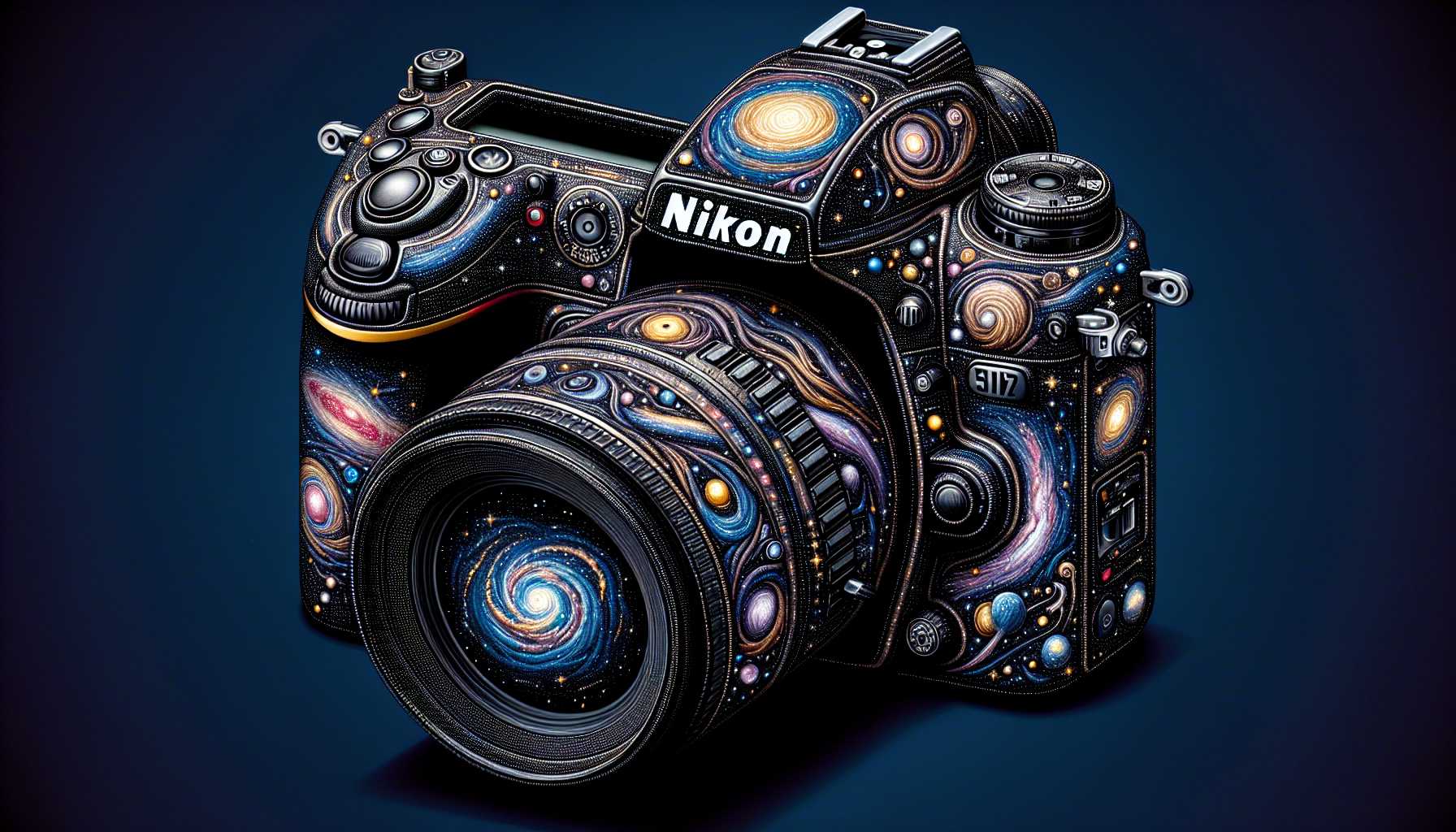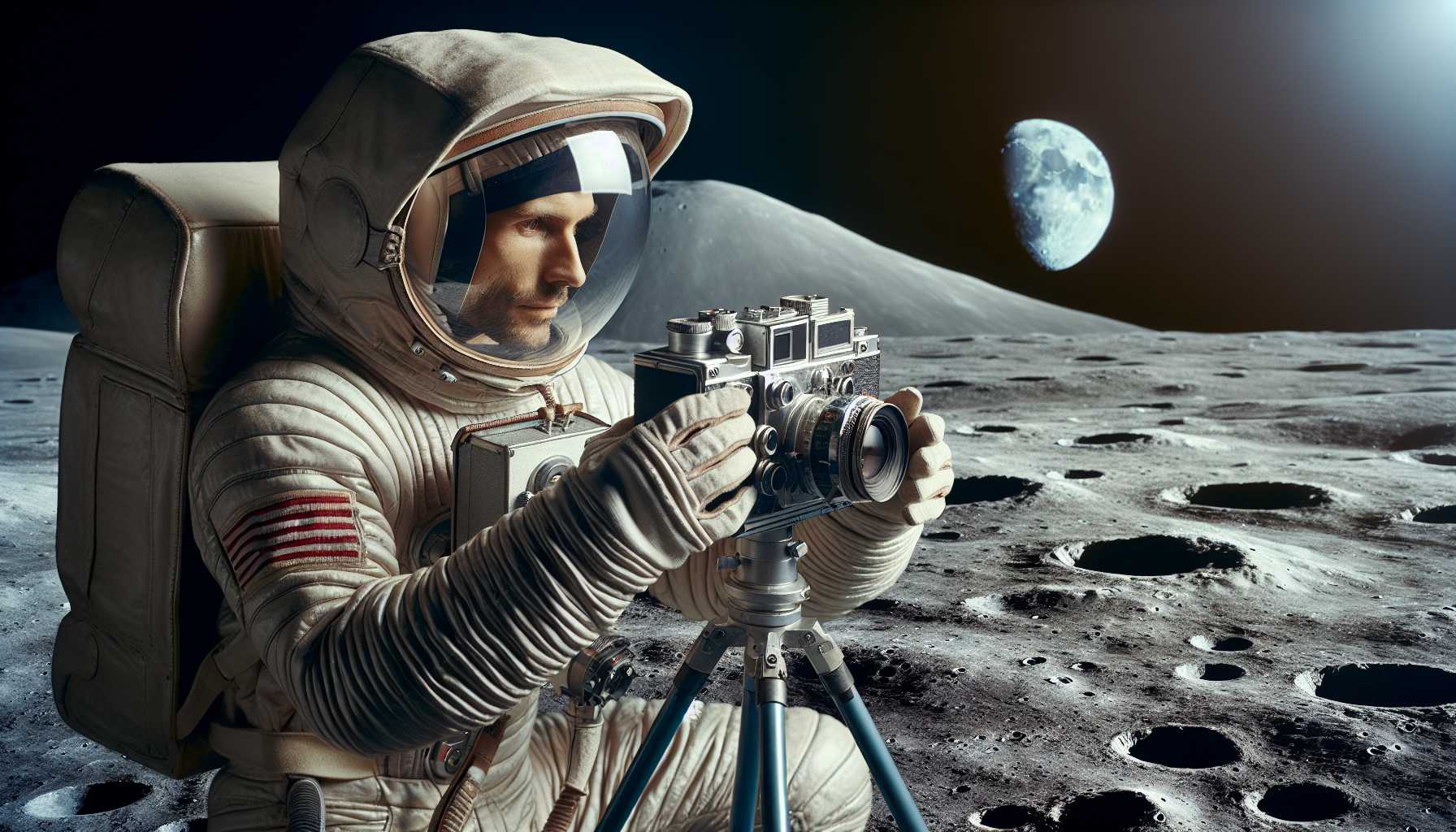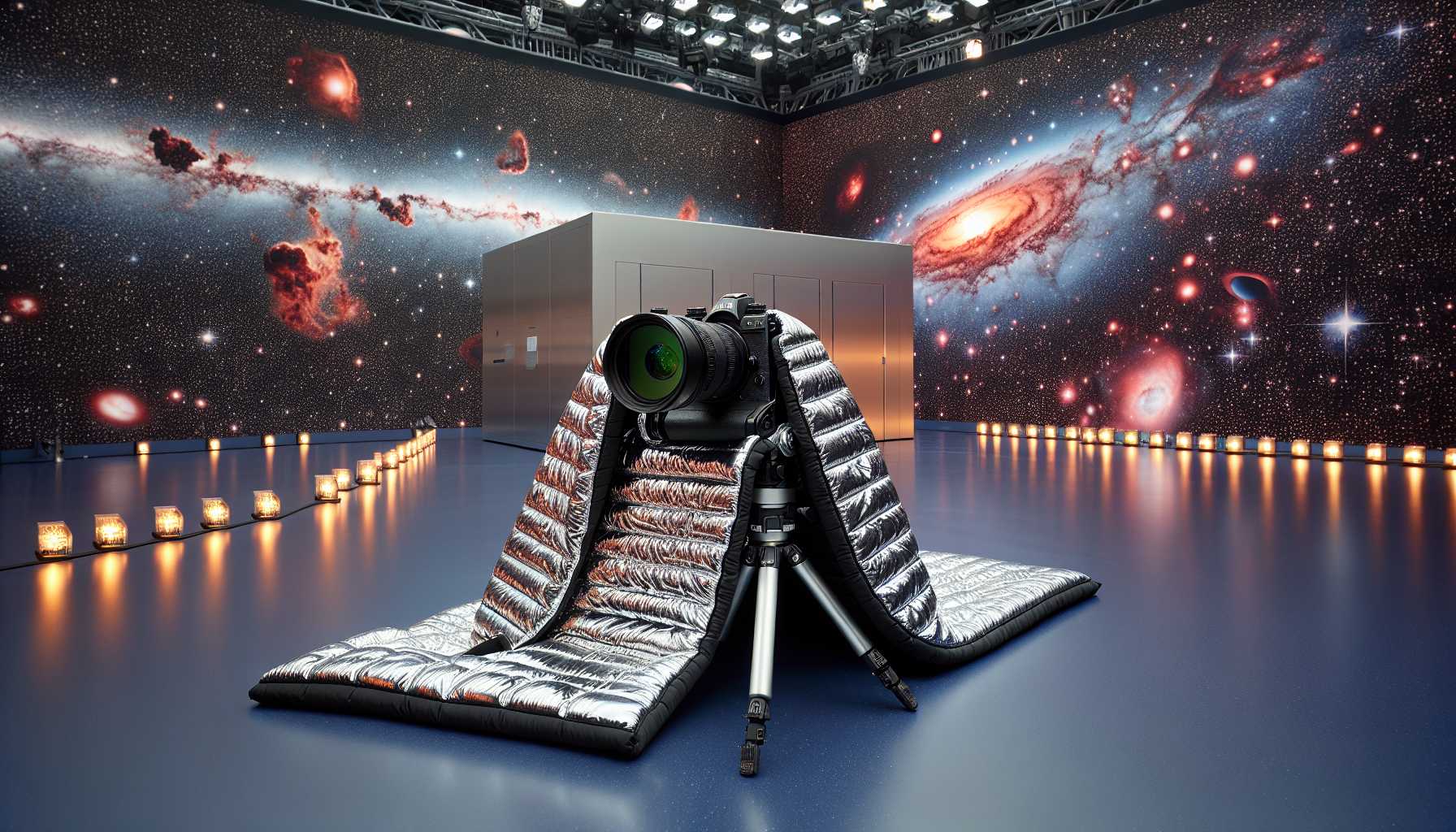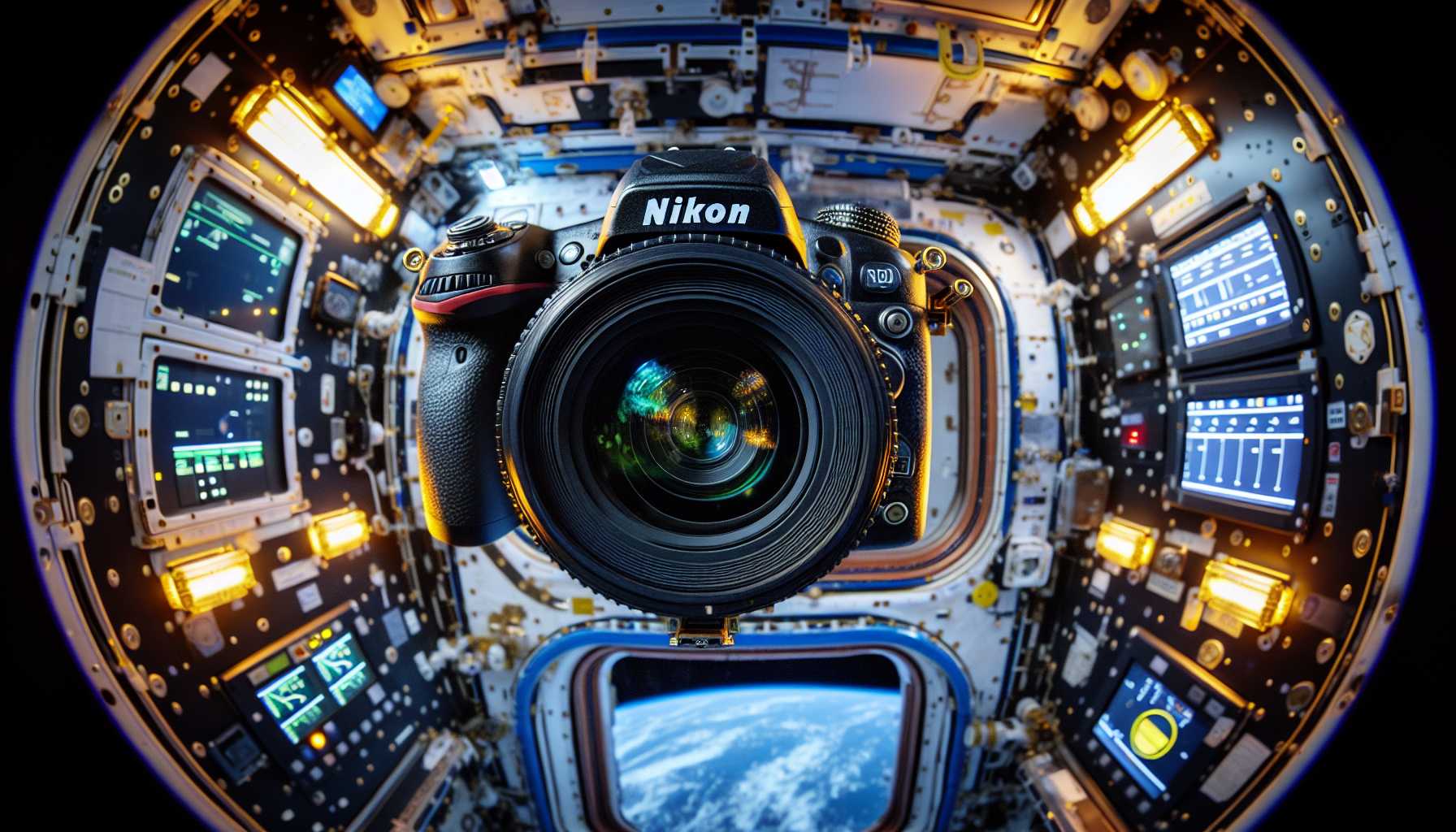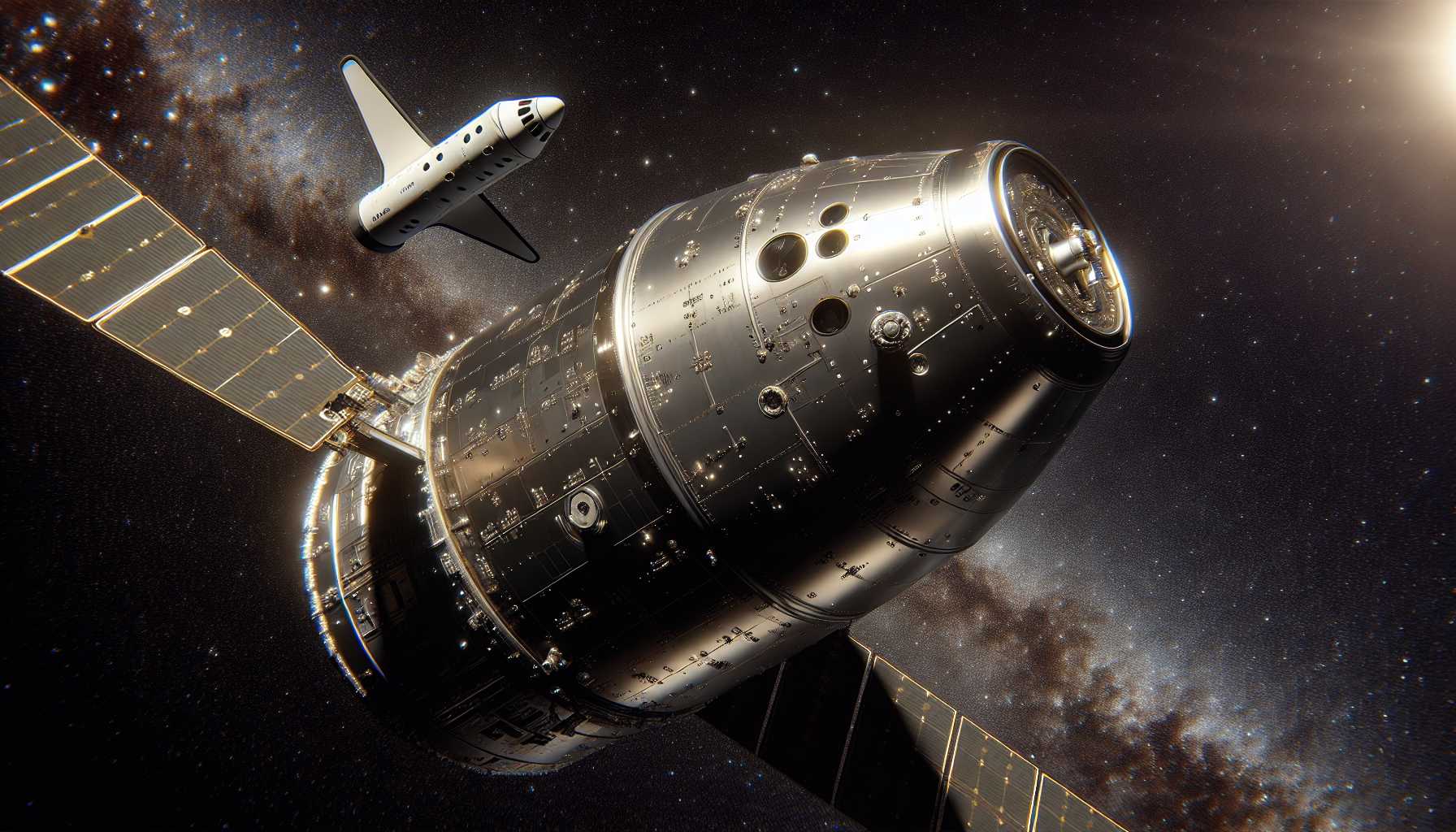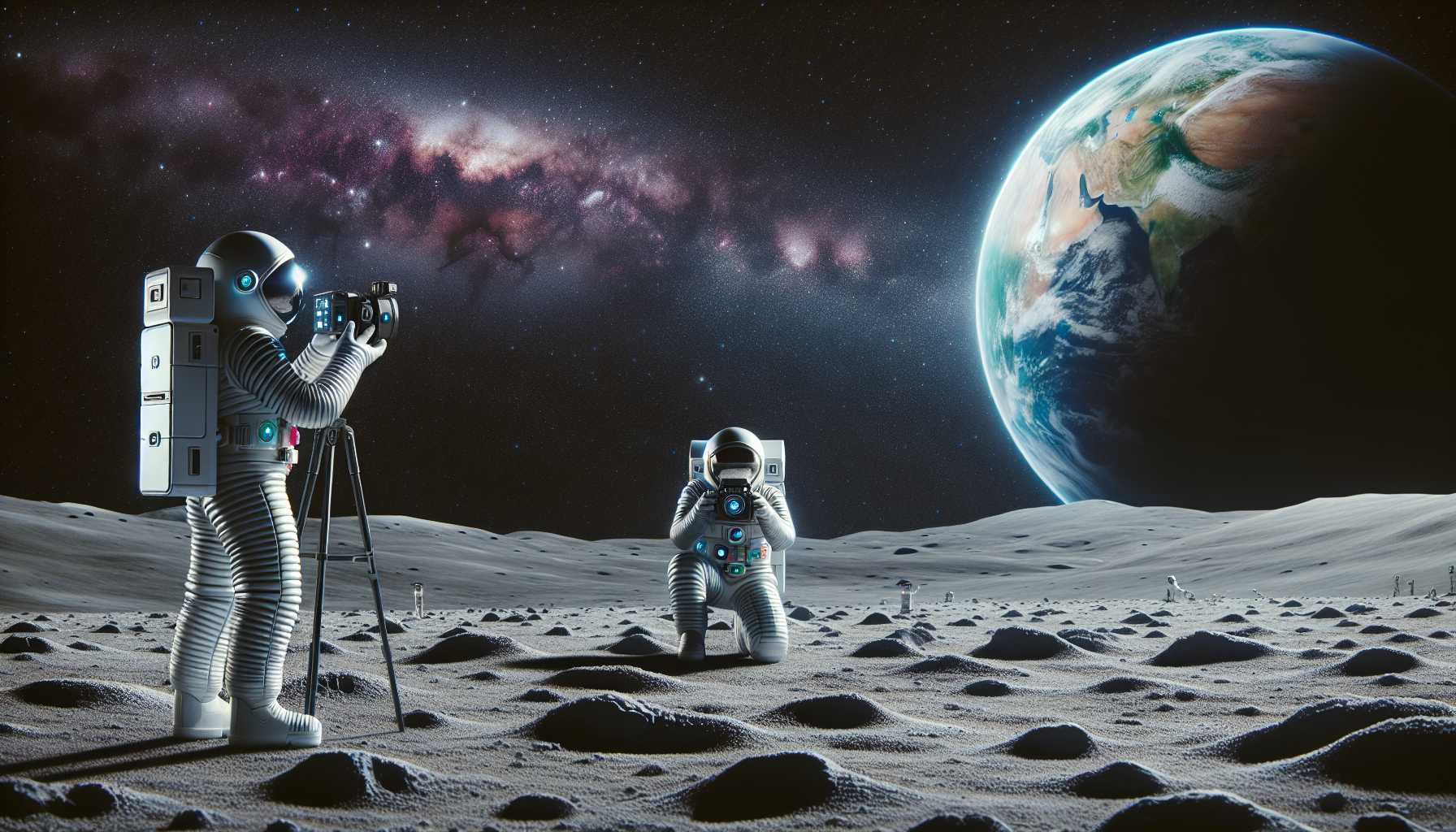The allure of the Moon has captivated humanity for eons. From the earliest whispers of mythology to the footprints of Apollo astronauts, its sallow surface has been a canvas of dreams. Now, as we stand on the cusp of a new chapter in lunar exploration—NASA’s bold Artemis missions—an exciting partnership brews. Enter Nikon, the storied camera brand, and NASA, who are concocting something special that’ll snap the Moon like never before.
The Lunar Photographer: Nikon’s Bold Foray into Space Cameras
Imagine, if you will, a camera not bound by the terrestrial shackles of Earth, one that defies the ferocious temperature swings of the Moon, and meets the rigorous demands of the cosmos. Nikon is answering this interstellar call to action with a camera purpose-built for space, a handheld marvel that’ll accompany astronauts as they tread the powdery lunar regolith for the unprecedented Artemis missions.
The venture isn’t Nikon’s first cosmic rodeo though. Their storied history with NASA stretches back decades, including their gear hitching rides on Space Shuttles and sojourning aboard the International Space Station. But this time it’s different; this time they’re moon-bound with a machine that isn’t just for the keen eyes of our spacefarers, but for you and me, as we eagerly hear moon tales through vivid snapshots and perhaps even a few celestial selfies.
Lunar Photography Evolves: From Apollo’s Chest Cameras to the Handheld Universal Lunar Camera
Let’s twirl back the clocks to the Apollo era. Picture the bulk and heft of a 70mm film magazine camera, strapped to an astronaut’s chest like some space-age appendage. Fast forward: today’s vision is for more freedom, flexibility, and flair. The Handheld Universal Lunar Camera (HULC)—a modified Nikon Z9 complete with tailored lenses—aims to be an extension of the astronaut, with eased usability even in the bulky gloves of a space suit.
Here’s a toast to the feats of the past and a tip of the hat to the prowess of modern tech. The Nikon Z9, designed for the Earthling photographer, now evolves into a lunar gadget, swathed in NASA’s high-tech thermal blanket. The makeover isn’t just cosmetic; practical tweaks to the buttons and grips make it an extraterrestrial smart shooter. This isn’t photography; it’s Moon photography—the upgrade we didn’t know we needed until now.
The Tech: How Nikon’s Camera Plans to Withstand the Harsh Lunar Environment
One doesn’t simply put a camera on the Moon. The hostile lunar playground scoffs at Earth’s technology. Be it the abrasive lunar dust that laughs at lenses, or the extremes of cold and heat that scoff at electronics, the Nikon Z9 needed a transformation. It’s compelling, really, how the team establishes a lunar-proof fortress around the camera, modifying electrical components for radiation resilience, and fashioning it to thrive where light is a fickle friend.
The ingenuity of this project is not just in surviving the Moon but in capturing its essence. This isn’t about pointing and clicking; it’s about embracing the idiosyncrasies of the Moon’s low-light environment, with technology that seizes both stills and motion with the same finesse. The mirrorless beast that the Z9 is will let astronauts snap away, narrating the lunar saga like never before.
The Trial Run: ISS as the Stepping Stone for Nikon’s Space Camera
Before the HULC can make its lunar debut, it must prove its mettle aboard the International Space Station (ISS) in a prelude to descending to the much harsher theatre of the Moon. Here, astronauts will test and tweak, ensuring the technology is not just good, but lunar-great.
This pre-Moon trial is not just a testament to humanity’s methodical approach but also to our hunger for cosmic perfection. We’re not just marking checkboxes; we’re curating experiences and creating tools that not just meet but exceed the extraordinary standards of space exploration.
Docking Dream: NASA’s Artemis Prepares with SpaceX Partnership
While Nikon commits to capturing lunar memories, NASA is not standing still. The Artemis program meticulously crafts its own ballet in space, with the Orion spacecraft and SpaceX’s Starship jigsawing together through a dance of space docking—a sort of cosmic tango that is as precise as it is graceful.
The visions of science fiction are becoming the engineering realities of today as hardware and simulations collide to create the foundations for safe and reliable lunar commutes. With the testing of the docking system, NASA lays the groundwork for what promises to be not just a voyage to the Moon but a sustainable human presence beyond Earth’s bounds.
A Glimpse into the Future: Anticipating the Next Lunar Chapter
As we await the Artemis 3 mission, scheduled for a not-so-distant future, we can’t help but marvel at the convergence of various streams of technology. From the advancements in space travel to the boutique space-camera being massaged into existence, there’s a symphony of innovation that’s leading us forward.
It’s not only about returning to the Moon; it’s about doing it in a way that’s markedly different from before—with more grace, more precision, and certainly more style. It’s a peek into a future where our thirst for exploration couples with the ability to document and share it like never before.
So, here’s to Nikon, NASA, and the dreamers who are scripting the next chapter in lunar exploration. It’s not just science; it’s poetry—poetry etched in megapixels and wrapped in the limitless expanse of space.
As a tech investor, one can’t help but be engulfed by a whirlwind of excitement for what Nikon’s initiative represents: the fusion of consumer technology and aerospace innovation. This isn’t just a win for photography or space exploration; it’s a harbinger of the cross-pollination that’s rampantly fueling the tech industry’s evolution. By the time we’re taking that giant leap again, we might just look back and smile at these giant strides we’re making today.

